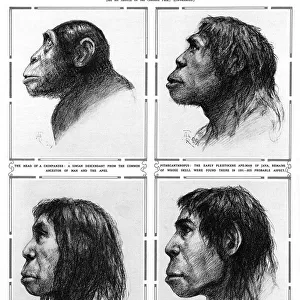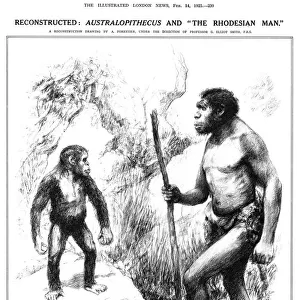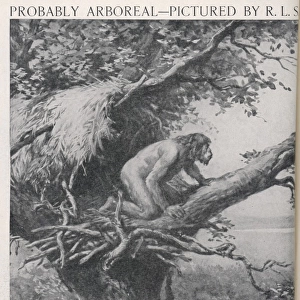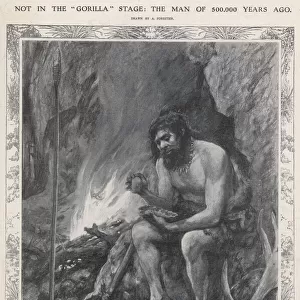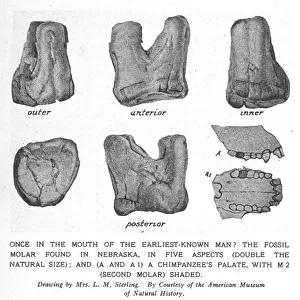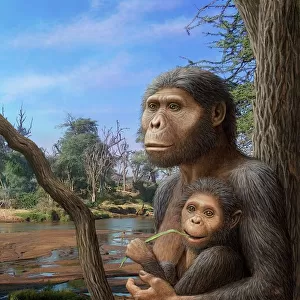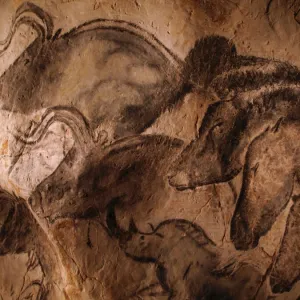Home > Europe > United Kingdom > England > London > Museums > Natural History Museum
Homo rudolfensis (KNM-ER 1470) Homo habilis (KNM-ER 1813)
![]()

Wall Art and Photo Gifts from Mary Evans Picture Library
Homo rudolfensis (KNM-ER 1470) Homo habilis (KNM-ER 1813)
On the left, KNM-ER 1470 (also attributed to H. rudolfensis). On the right, KNM-ER 1813. Both skulls are about 2 million years old. Held at The Natural History Museum, London
Mary Evans Picture Library makes available wonderful images created for people to enjoy over the centuries
Media ID 8593117
© Mary Evans Picture Library 2015 - https://copyrighthub.org/s0/hub1/creation/maryevans/MaryEvansPictureID/10712529
Bone Cast Fossil Fossilised Hominini Homo Homo Habilis Lower Palaeolithic Palaeolithic Era Paleolithic Prehistoric Skull Stone Age Homo Rudolfensis Knm Er 1470
EDITORS COMMENTS
In this photograph, the skulls of two early hominins, Homo rudolfensis (KNM-ER 1470) and Homo habilis (KNM-ER 1813), are showcased side by side at The Natural History Museum in London. Both skulls, approximately 2 million years old, offer a glimpse into our ancestors' evolutionary past, shedding light on the intriguing developments that occurred during the Paleolithic Era. On the left, the skull attributed to Homo rudolfensis (KNM-ER 1470) exhibits a number of distinctive features, including a prominent brow ridge, a large cranial capacity, and a recessed face. These characteristics suggest that this early hominin may have had a more robust build and a stronger jaw, potentially indicating a diet that included harder foods. In contrast, the skull on the right, identified as Homo habilis (KNM-ER 1813), displays a smaller braincase and a more protruding face. This hominin is believed to have been more gracile and agile, with a more flexible spine and a dexterous hand, which may have been well-suited for the use of tools. The discovery of these fossils has significantly expanded our understanding of human evolution, revealing the complex interplay of physical adaptations that enabled our ancestors to thrive in the diverse environments of the African savannah during the Paleolithic Era. As we continue to uncover the secrets of our past, these fascinating discoveries serve as a reminder of the remarkable journey that led to the emergence of Homo sapiens.
MADE IN AUSTRALIA
Safe Shipping with 30 Day Money Back Guarantee
FREE PERSONALISATION*
We are proud to offer a range of customisation features including Personalised Captions, Color Filters and Picture Zoom Tools
SECURE PAYMENTS
We happily accept a wide range of payment options so you can pay for the things you need in the way that is most convenient for you
* Options may vary by product and licensing agreement. Zoomed Pictures can be adjusted in the Cart.


